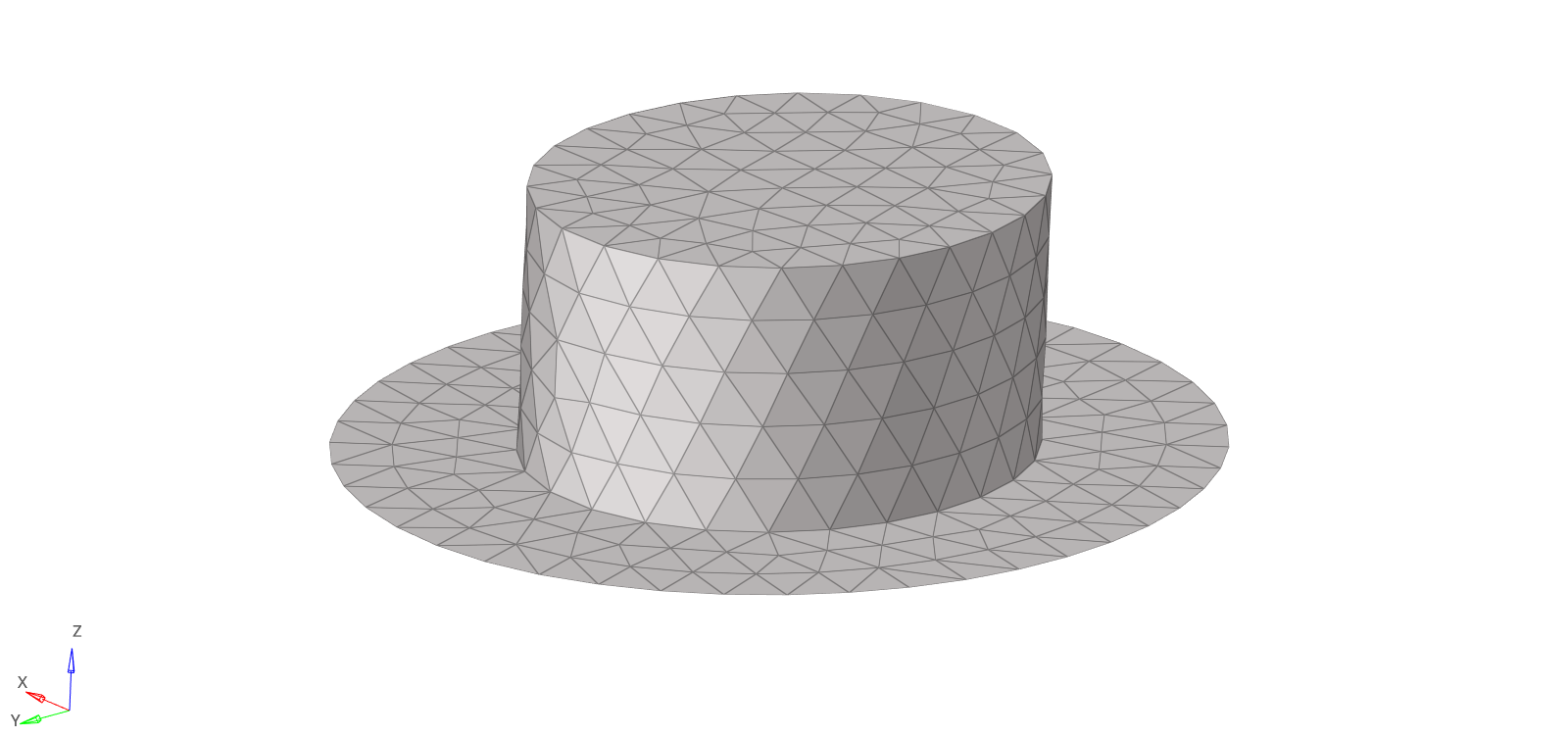Digital Debunking: Goldfinger - Could Oddjob’s Hat Really Slice the Head Off a Statue?
“Remarkable, but what does the club secretary have to say?” These were the words uttered by James Bond in the film “Goldfinger” after witnessing the infamous henchman Oddjob slice the head of a statue clean off with his razor-edged bowler hat. Described later in the film by Goldfinger himself as having the ability to smash a man’s skull or half severing his neck, this headwear is surely one of the most famous pieces of memorabilia from the James Bond series.
Known for his deadly accuracy and strength, Oddjob was also capable of crushing a golf ball with one hand, firing an arrow through a ring, and barely flinching after being struck in the head by various objects. Not surprising considering he stood at 5’11’’ and weighed 284 pounds. For a man that only had four lines of dialogue consisting of utterances such as “aha!”, he certainly knew how to captivate an audience.
But is it possible to slice the head of a statue clean off using just a razor-edged bowler hat? We dared to find out using Altair’s engineering simulation solutions.
To recreate this stunt, we used Altair® Radioss®, our leading analysis solution designed to evaluate and optimize product performance for highly nonlinear problems under dynamic loadings. Used worldwide across all industry sectors, it improves the crashworthiness, safety, and manufacturability of complex designs. As our aim was to analyze the impact of the hat on the statue, this solution was a perfect fit.
As a quick disclaimer, this experiment is a simplified version of events, so our team made a few estimations to simulate this scenario. Based on the film, the speed of the hat traveling through the air and the distance between Oddjob and the statue were approximated.
Building the Hat and Statue Model
A model of the hat was created using fabric material law resulting in an accurate representation of the hat, complete with metal brim. Weighing in at 5.5 pounds, this should closely resemble the real deal. To take it one step further, we also created a felt hat with no metal brim to allow us to compare the results, weighing in at 0.5 pounds. Both hats were thrown at roughly 11 mph.

Next, the statue was created, this time using concrete material properties:

We first decided to throw the felt hat to establish a baseline. As expected, we can see that the statue head remains firmly intact, highlighting the importance of a metal brim.
During the initial simulation runs with the metal-brimmed hat, we discovered that some fine tuning was needed. As you can see below, our first test leaves us with a more ‘explosive’ result than desired. In subsequent solver runs, the statue’s head was rigidized to concentrate the material failure at the neck resulting in a clean break. Additional experimentation could be done with validated material properties to examine the material failure more closely without these constraints.
Moving on to the anticipated results and we can see that this stunt is indeed possible. The velocity and weight of the metal-brimmed hat produced enough force to produce a clean break.
A successful throw!
With any experiment like this, there are of course some liberties taken; important to point out is that the objects simulated are not to scale. The results also beg another question: Realistically, can a person throw a 5.5-pound weight at a speed of 11 mph, and accurately? Conceivably yes if you consider an Olympic discus weighs in at 4.4 pounds and is thrown at 18 mph on average. Granted, throwing a hat at a statue, and launching a discus are two entirely different things but it certainly seems possible.
For a more detailed analysis, there are several areas you could study: a more realistic representation of material properties, a closer examination of material failure locations, and a comprehensive analysis of crack propagation could be explored using Altair solutions.
With that being said, the preliminary results are promising and fun to watch. We choose to believe in Oddjob’s superhuman strength and accuracy, allowing him to remain one of the best Bond villains of all time.





